The first recorded assassination attempt on a U.S. president, targeting Andrew Jackson, is a significant event in American history. Despite capturing the culprit, there remains numerous suspicions and theories surrounding this shocking incident.
The event also highlights the dangers and challenges faced by leaders, even in the early years of the nation.
What exactly happened?
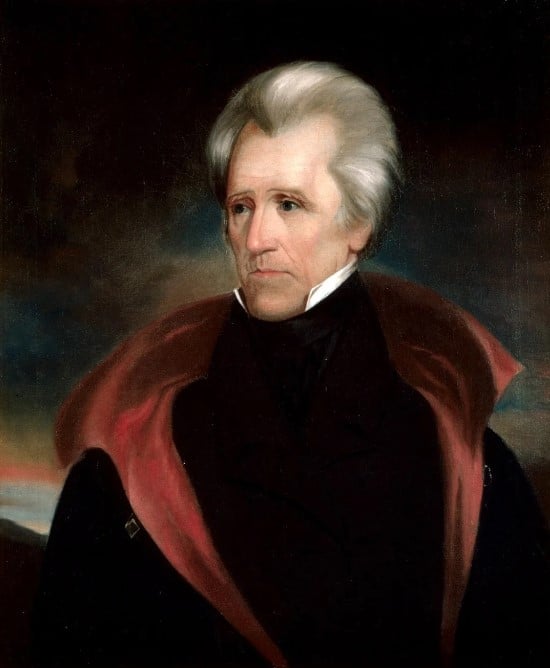
On a sad cold, wet January day in 1835, many notable figures in Washington, D.C. gathered at the U.S. Capitol for the funeral of South Carolina Representative Warren Davis.
Among the crowd was President Andrew Jackson, who had just begun his seventh year in office, despite the controversies that surrounded his presidency.
At 67, Jackson, known as “Old Hickory”, was starting to show signs of aging. He was very thin, pale, and his once unruly hair was now completely white. The former general could only make his way into the House chamber by leaning on Treasury Secretary Levi Woodbury.
An observer later remarked that Jackson appeared “scarcely able to go through” the ceremony. Many people, including Jackson himself, were beginning to doubt if he would complete his second term.
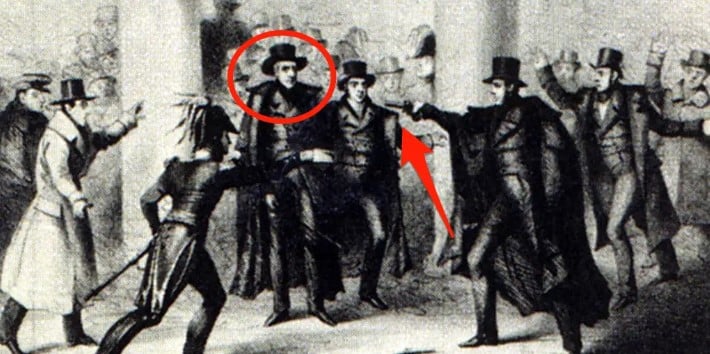
While Jackson strained his way through the funeral, outside the Capitol’s East Portico, a well-dressed man named Richard Lawrence waited in the crowd. Unlike the other onlookers hoping to see the “Hero of New Orleans,” he had a different motive.
Lawrence pulled out a single-shot derringer pistol and aimed it at Jackson’s heart. He fired, but only the cap exploded, creating noise and smoke – the powder didn’t ignite. He quickly tried again with a second pistol, but it also misfired.
Later, it was discovered that the pistols he used were prone to failure in damp conditions, and the weather that day was both humid and damp.
Lawrence’s failed attempts caught Jackson’s attention, leading Jackson to beat him with his cane. This incident marked the first recorded assassination attempt on a U.S. president, from which Jackson emerged unscathed.
Andrew Jackson was well-acquainted with violence, both physical and verbal. As a distinguished soldier, he endured many battle injuries and participated in at least a dozen duels. During his presidency, Jackson faced intense political battles with Congress. His opponents, led by Henry Clay, were so opposed to him that they created a new political party, the Whigs, to challenge the man they dubbed “King Andrew.”
What was the motive behind the crime?
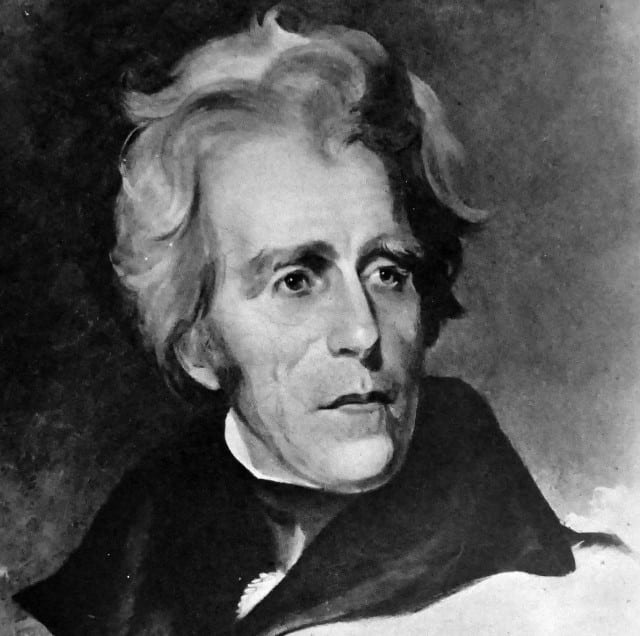
During the “golden” era, the Senate Chamber was filled with fiery debates as Whigs accused President Jackson of corruption and incompetence. Jackson responded with his own harsh language and even threats of violence.
In late January 1835, South Carolina senator John C. Calhoun, Jackson’s former vice president who had joined the opposition, reportedly said Jackson was “a Caesar who ought to have a Brutus.” Richard Lawrence might have been among those who heard this speech.
Lawrence was born in England and moved to Washington, D.C., in 1812, where he worked as a house painter. Though he was known to be polite and hardworking, he showed signs of mental instability and believed he was a lost heir to the British throne.
By 1835, Lawrence was convinced he was the rightful King of England and that “King Andrew” Jackson was the only obstacle to his claim.
On January 30, just days after Calhoun’s remark about needing a “Brutus,” heattempted to assassinate President Jackson twice.
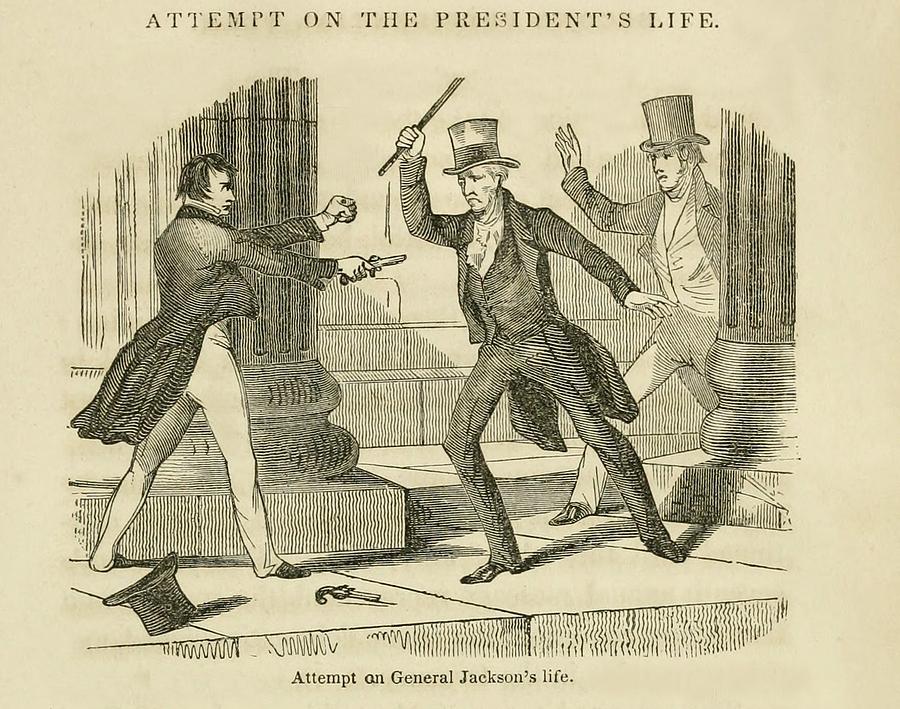
The assassination attempt on President Andrew Jackson sparked widespread rumors and conspiracy theories. A Boston newspaper noted, “Rumor is circulating a thousand stories.” People questioned if Lawrence was a hired assassin.
Almost immediately, suspicion turned to Calhoun, who had to take the Senate floor to declare his innocence.
Jackson himself was suspicious of Senator George Poindexter of Mississippi, a former ally. Poindexter had hired Lawrence for some painting work a few months earlier. Poindexter couldn’t convince his supporters in Mississippi that he wasn’t part of the plot against Jackson, so he lost his re-election.
Despite the accusations, no evidence ever linked Lawrence to either Calhoun or Poindexter in a plot against Jackson.
The Whigs accused Jackson of staging the assassination attempt to win public sympathy, but this claim also lacked proof.
How was Lawrence sentenced?
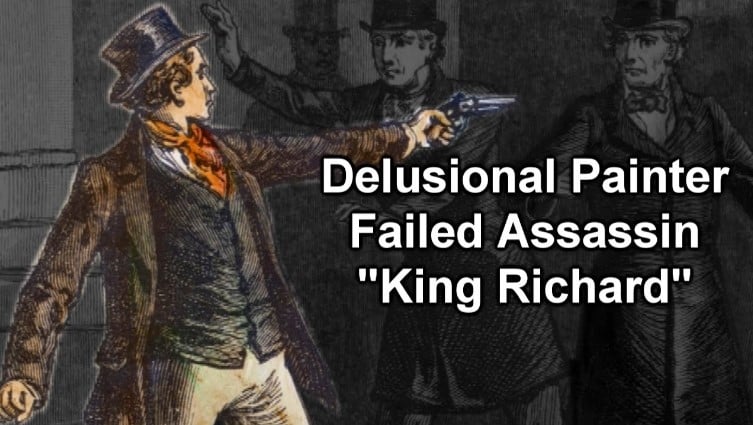
Lawrence faced trial on April 11, 1835, at the District of Columbia City Hall, with Francis Scott Key serving as the prosecuting attorney. During the trial, he frequently went on wild rants and refused to acknowledge the legitimacy of the proceedings.
At one point, he boldly declared to the courtroom, “It is for me, gentlemen, to pass judgment on you, and not you upon me.” The jury took only five minutes to deliberate before finding Lawrence “not guilty by reason of insanity.”
After his acquittal, he was confined to various institutions and hospitals. In 1855, he was admitted to the newly opened Government Hospital for the Insane in Washington, D.C., later known as St. Elizabeths Hospital. He remained there until his death on June 13, 1861.


